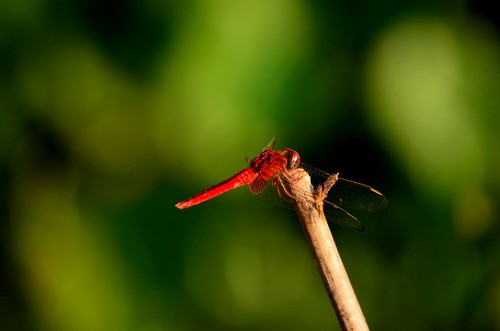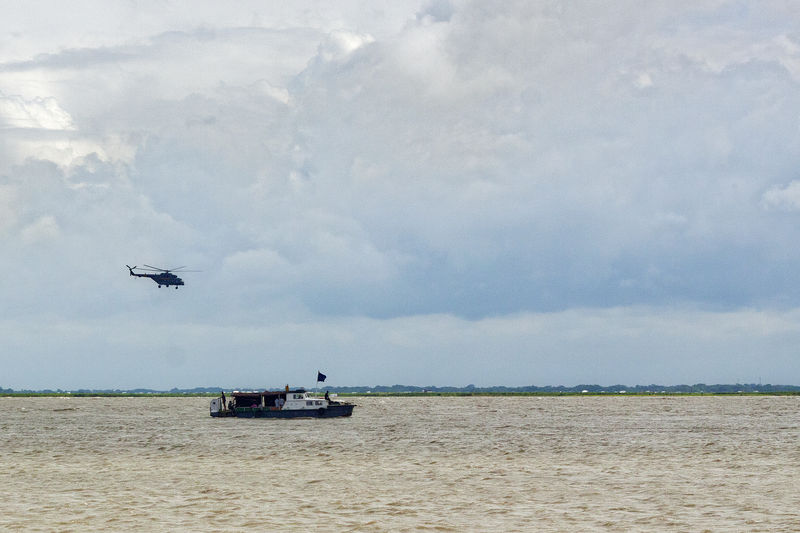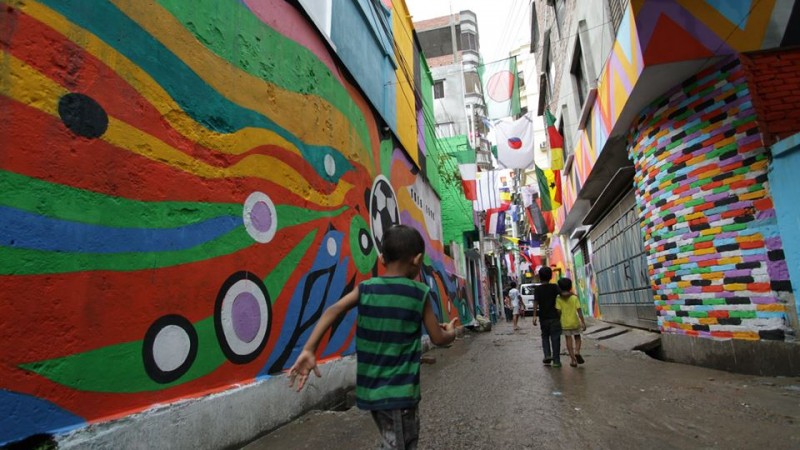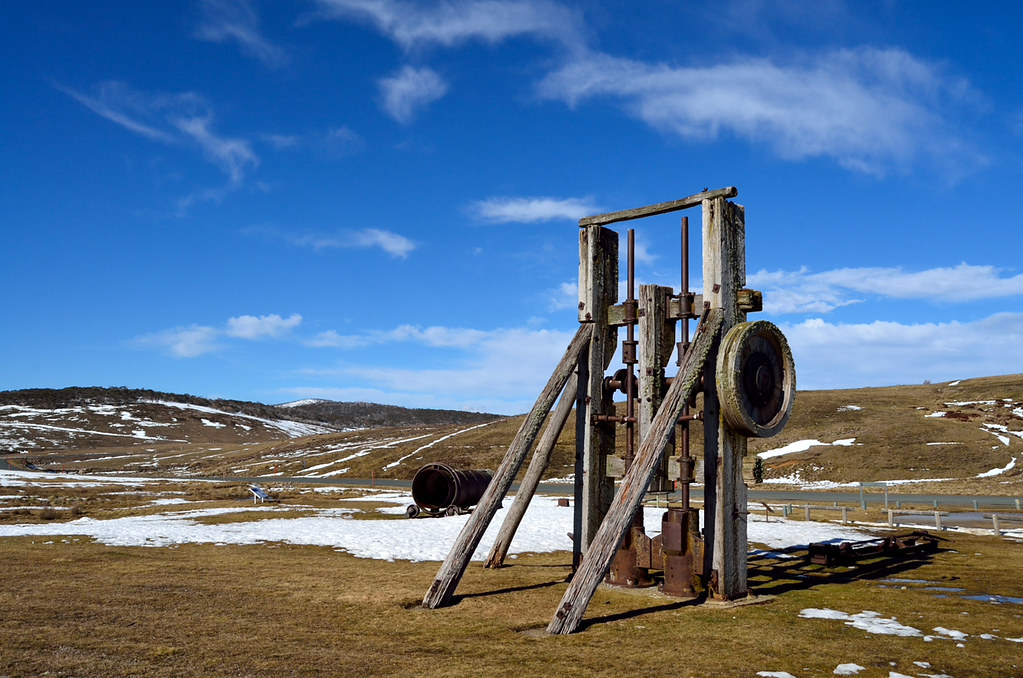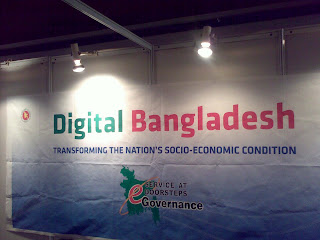Dragonfly
Image by Rezwan
The World Cup Goal-E Project
This street in Bangladesh has a colorful world cup celebration
New Chum Hill Ruins
Remnants of Kiandra gold mine at New Chum Hill, #nsw #australia
December 19, 2010
In this world this edifice has been made, to display thereby the creators glory.
Sunday, December 19, 2010
No comments
Emperor Shahjahan's tribute to his wife Mumtaj Mahal who died in 1631 when giving birth to her 14th child.
December 18, 2010
The bounty of Bangladesh Team @ #Manthan - 4 Winners, 4 Special Mentions & 1 Jury distinction
Saturday, December 18, 2010
No comments
December 17, 2010
At The Manthan Awards
Friday, December 17, 2010
No comments
8 Countries, 120 speakers 100 exhibitions and 1000 - these numbers represent the 2010 Manthan Awards program for two days in Chattisgar, New Delhi, India. After an eventful journey via Kolkata I finally arrived in New Delhi early in the morning. After a brief rest we proceeded to the venue of the Manthan Awards. Its great to be part of a Bangladesh team that showcases the innovations using ICT in Bangladesh. I am hoping that at least one of the finalists from Bangladash will win.
More details later.
December 05, 2010
Bangladesh: Grameengate And Beyond

Bangladeshi Nobel Laurate Dr. Muhammad Yunus. Image from Flickr by World Economic Forum. CC BY-SA
The hottest topic in Bangladesh now is the allegation against Nobel laureate Dr. Muhammad Yunus of diverting foreign aid from Grameen Bank to another sister company called Grameen Kalyan. The objective of Grameen Kalyan is to provide financial support in the form of loans and grants to the staff and members of Grameen Bank and their families. An investigative documentary by Danish filmmaker Tom Heinemann titled "Fanget i Mikrogjeld" or "Caught in Micro debt" was aired last Tuesday on the National Norwegian Television (NRK).
Heinemann took a critical look at Microcredit operations in Bangladesh saying that many loan receivers "had multiple loans in various micro credit banks and organizations and had a hard time trying to pay back their loans." In addition he stumbled into some documents from the archives of the Norwegian aid agency Norad which tells that Grameen Bank shuffled donor money to Grameen Kalyan without prior permission of the donors to avoid potential government tax @40%. In an exclusive report the secret documents were published by BDNews24.com, the largest online news agency in Bangladesh. The local media jumped on this story and the bloggers are divided on this issue.
The Grameen Bank response denied any wrong doings.
Asif at Unheard Voice provides the outline of the arrangement of Grameen Bank and discusses about the impact of the documentary:
1. Donors (Norad et al) gave a large cash grant to Grameen Bank (GB)
2. Instead of paying back interest or principal, GB was to put aside 2% of those funds for employee welfare projects (SAF)
3. GB was afraid of a regulatory change levying 40% tax on that outflow and wanted to give SAF the “attention it deserves”
4. So GB created Grameen Kalyan (GK), gave them a large amount of cash and borrowed it back at 2%
Norad‘s problem was that:
1. GB never told them about this particular piece of legerdemain they happened to find out almost by accident (the bdnews24 story has a few PDF files of those communications)
2. Their memorandum of understanding was with GB and the Bangladesh Government about the use of the 2% for SAF, not with GK, so this left things in the kind of vacuum they wouldn’t be comfortable with
The documentary claimed as much as USD 100 million had been siphoned away and — notwithstanding Norwegian claims that Yunus is not corrupt — led to lurid claims in Bangladesh media like Yunus ‘siphoned Tk 7bn aid for poor’. GB’s detailed riposte notwithstanding, the damage has been done.
Journalist and blogger Maskawaith Ahsan defended [bn] Dr. Yunus in a post titled "In a media coup by Norway Dr. Yunus killed in Dhaka":
অধ্যাপক ইউনুসের বিরুদ্ধে ইউরোপের অর্থ গ্রামীণের বোন সংস্থায় ট্রান্সফারের যে অভিযোগ উঠেছে, তা উনার অর্থ বিষয়ক স্পর্শ কাতরতার ফলাফল। ওই অর্থ দিয়ে ইউনুস ভূমধ্যসাগরের তীরে প্রাসাদ তৈরী করেন নি, সেটি গ্রামীণের বোন সংস্থায় বিনিয়োগ করা হয়েছে। তবুও এটি দাতাদের সঙ্গে চুক্তির বরখেলাপ।
The accusations against Dr. Yunus of transferring European money to a sister concern is the result of his sensitiveness with finance. He did not build a palace in the Mediterranean, it was invested instead. Still it was against the agreement with the donors.
Baki Billah writes:
এটা একটা পদ্ধতিগত সংকট হতে পারে কিন্তু তার সাথে চৌর্যবৃত্তির সূত্র আবিস্কার করার মৌলিক কোন বিষয় আছে কি ? প্রামাণ্যচিত্র নির্মাতা টম খুব সরলে এ প্রশ্নের উত্তর দিয়েছেন, তিনি বলেছেন, অনেক চেষ্টা করেও তিনি ইউনুস সাহেবের সাথে যোগাযোগ করতে পারেন নি। তিনি কিভাবে চেষ্টা করেছেন?
This could be a procedural fault, but is there any reason to malign him with theft of money? The documentary maker Tom answered the question simply by saying that he could not contact Mr. Yunus for his response after repeated attempts (editors note: for 6 months). How did he try?
In another post of Maskawaith Ahsan, a commenter named Netpoka comments:
দাতাদের দেওয়া টাকা সরিয়ে নেওয়ার যে অভিযোগ উঠেছে, তাতে কেবল ডঃ ইউনুসকেই দায়ী করা হচ্ছে। অথচ গ্রামীণ ব্যাঙ্কের একটি বড়সড় পরিচালনা পর্ষদ আছে, যাতে প্রতিনিধিত্ব করেছেন রেহমান সোবহানের মত ব্যক্তিগণও। অর্থ সরানোর দায় তো তাদের সকলেরই হওয়ার কথা!
আর দাতাদের দেওয়া টাকা থেকে এক টাকাও তিনি নিজের ব্যক্তিগত কাজে ব্যয় করেছেন কি? শুনেছি আজ পর্যন্ত তাঁর নিজের একটি মাথা গোঁজার জায়গও নেই - থাকেন গ্রামীণ ব্যাঙ্ক ভবনের একটি ফ্ল্যাটে। অথচ তাঁকে এখন বলা হচ্ছে দুর্নীতিবাজ।
নরওয়ে এবং টেলিনর কেন ডঃ ইউনুসের পেছনে লেগেছে, তা সবাই জানে। তারপরও আমরা তাঁকেই ভিলেন বানাই।
The accusation of transferring donor money is being directed to Yunus only. But Grameen Bank is run by a big management committee where reputed people like Rehman Sobhan are also there. The accountability should be demanded from each one of them.
And did he ever spent a Taka for his own self? I heard that he even do not own a house - he stays in a flat provided by Grameen Bank. And now they accuse him of corruption.
Everybody knows why Norway and Telenor are after him. Then why are we making him the villain?
It may be noted here that a few years ago Yunus had a fight with Norwegian Telecoms giant Telenor (majority owned by Norwegian government) over management control of Grameenphone, Grameen Bank's joint venture. Yunus wanted to convert Grameenphone, the leading and profitable Telecommunication company in Bangladesh, to a social business enterprise [where profits are reinvested in the company rather than taken out], but Telenor did not accept. The Norwegian Telenor was later caught in a labor scandal.
Shuvashish Das posts a detailed analysis [bn] on this issue trying to explain why after 12 years the issue has been exposed to media:
২০১০ সালের মাঝামাঝি থেকে গ্রামীণ কল্যাণের অর্থ গ্রামীণ ব্যাংকে স্থানান্তরের জন্য সিডা, নোরাড আবার চাপ দেয়। ৬০৮ মিলিয়ন ক্রোনার (এর মধ্যে ৩০০ মিলিয়ন দেয় নোরাড, বাকিটা অন্যরা) গ্রামীণ ব্যাংক থেকে চলে গেছে গ্রামীণ কল্যাণে। অথচ ফেরত এসেছে মাত্র ১৭০ মিলিয়ন। বাকিটা এখনো গ্রামীণ কল্যাণে থেকে গেছে।
২২ আগস্ট ২০১০
গ্রামীণ ব্যাংক একটা ইমেইল দুটি ব্যাখ্যা জানায়-
গ্রামীণ ব্যাঙ্কের কর্মী আর সদস্যদের উন্নয়নের জন্য এই অর্থ স্থানান্তর।
গ্রামীণ ব্যাংক গ্রামীণ কল্যাণে কর ফাঁকি দেয়ার জন্য অর্থ স্থানান্তর করেনি। কারণ ১৯৮৩ সাল থেকে গ্রামীণ ব্যাংককে কোনো কর দিতে হয় না।
CIDA and NORAD started again in mid 2010 to pressure Grameen Bank to transfer the donor loan from Grameen Kalyan. 608 million Kroner (300 mill by NORAD) was moved from Grameen Bank but only 170 million Kroner was refunded till to date. The rest of it still lies with Grameen Kalyan.
22nd August 2010
Grameen Bank explained in an email -
The money was transferred to provide support to the staff and members of Grameen Bank and their families.
Grameen Bank did so not to avoid taxes because Grameen Bank operations are exempted from tax since 1983.

Poor bangladeshi receiving loan (w/o collateral) from the Grameen Bank. Image from Flickr by Jeevs Sinclair. CC BY-NC-SA
In the end Shuvashish asks some valid questions:
বাংলাদেশের ক্ষুদ্রঋণ সংস্থাগুলো ২০ থেকে শুরু করে ১০০% বা তারও বেশি সুদ নেয় গরিব মানুষের কাছ থেকে। ক্ষুদ্রঋণ দারিদ্র্যকে হালকার ওপর ঝাপসা প্রশমিত করে দীর্ঘমেয়াদি করে। উচ্চসুদের কারণে গরিব গরিবিমুক্ত হওয়ার সুযোগ পায় না। কিছু কামেল লোক হয়তো বেরিয়ে আসতে পারে। ঋণের যাঁতাকলে দীর্ঘমেয়াদে আটকে গেছে এমন লোকের পরিসংখ্যান জানা জরুরি। ক্ষুদ্রঋণ কেবল ভালো ভালো জিনিসগুলো পাবলিককে দেখায়, পেছনের বাজে দিকগুলো লুকিয়ে রাখে। এসব সমালোচকের দৃষ্টিতে দেখা প্রয়োজন। গ্রামের মানুষের টাকা নাই, তাদেরকে ঋণ দেয়া একটা ভালো ব্যবস্থা; কিন্তু ঋণের চক্রে ঢুকিয়ে দেয়া অমানবিক। [..] সরকারকে কর দিতে হয় না বলে দেশে প্রায় চার হাজারের মতো ক্ষুদ্রঋণ ব্যবসা। ২৫ থেকে ৩০ হাজার কোটি টাকার মতো ঋণ বিতরণ হচ্ছে প্রতি বছর। সহজে মুনাফা অর্জনের জন্য এর চেয়ে ভালো ব্যবসা আর নেই। সরকারের উচিত এদের উপরসর্বস্ব ভালো কথাগুলো খতিয়ে দেখা। আর নরওয়ে উদ্দেশ্যমূলকভাবে এই আচরণ করলে সেটারও বিহিত হওয়া দরকার।
Many Microcredit organizations (Editors note: not only Grameen) claim interest from 20% to 100% from the poor loan clients. Microcredit minimizes poverty upfront, but prolongs it. The poor cannot get out of poverty because they have to pay high interest. In reality only a small portion may get out of poverty. We need to learn about the statistics of those people who are stuck in the cycle of debt. Microcredit only focuses on successes but tries to hide the failures. One has to look at it with a critical viewpoint. The rural poor do not have money, so providing them with loan finance is a good thing. But letting them into the cycle of debt is inhuman. There are more than 4000 Microcredit organizations running in the country because they don't have to pay tax. Every year 250 - 300 billion Taka ($3.5-$4.2 billion) are being disbursed to the poor. There is no other business than this to make easy money. The government should investigate these operations. And if Norway is deliberately doing this (to Yunus), this should also be investigated.
(Also published in Global Voices Online)
Subscribe to:
Comments (Atom)

















